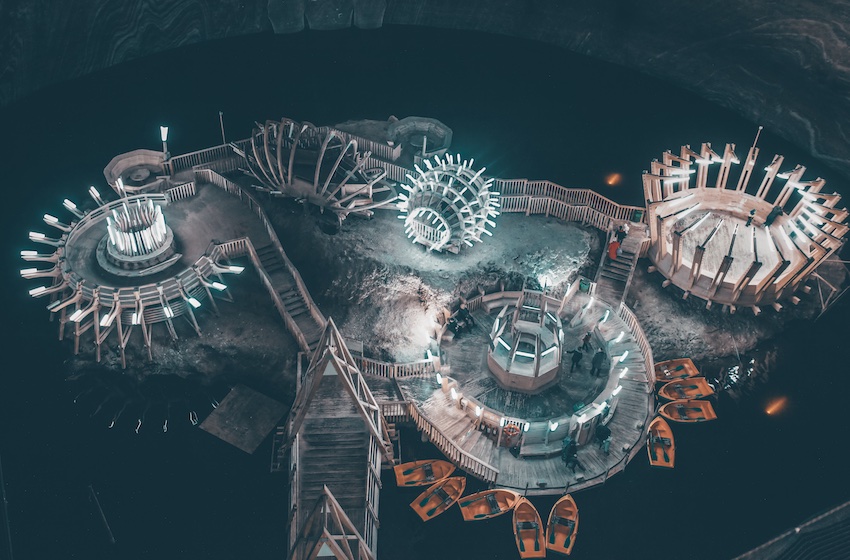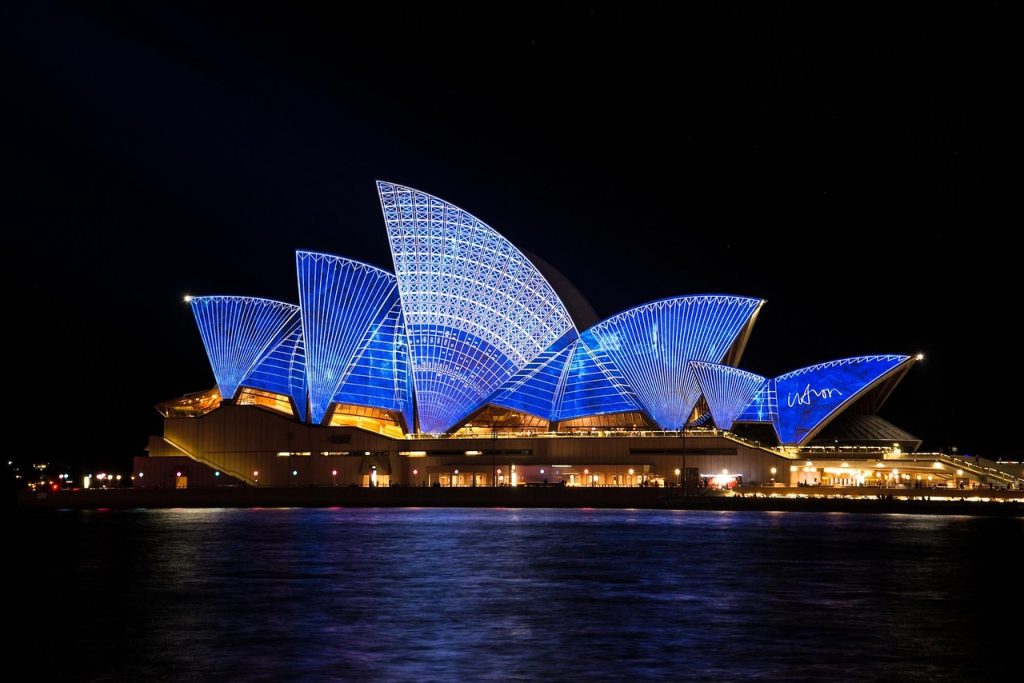Nickel Market Faces a “Turning Point” as New Supply Wave Threatens LME Prices

Macquarie Group Ltd. strategists believe that the nickel market is reaching a critical juncture, with an impending influx of battery metal supply set to impact London Metal Exchange (LME) prices. The nickel market has experienced a growing disconnect, fueled by soaring production of widely used nickel forms leading to lower prices, while the refined metal traded on the LME remains in limited supply.
However, this dynamic is expected to change due to the emergence of new plants in China and Indonesia that will convert intermediate nickel forms into LME-deliverable metal. The LME recently approved the first such plant, and Macquarie estimates that these new facilities could add up to 200,000 tons of nickel capacity by the end of the next year. This boost could increase LME-deliverable supplies by 35% compared to 2022 levels.
In response to this development, LME nickel futures experienced a drop of up to 1.3% on Friday.
Currently, only about 20% of global nickel production is in the pure metal form that is deliverable at the LME, while the rest comes as intermediate products used by the steel and battery industries. Indonesia’s mining boom has resulted in a price slump for these intermediate products, with nickel pig iron and ferronickel trading at around half the LME price per ton of nickel.
The entry of new plants capable of converting these intermediate forms into LME-deliverable nickel metal, led by Chinese companies like Tsingshan Holding Group Co., will significantly reduce China’s need to import nickel metal, potentially reaching zero imports by 2024, according to Macquarie’s projections.
The cost of converting nickel pig iron into nickel metal is estimated to be less than $5,000 per ton, compared to average discounts of around $8,000 per ton versus the LME price over the past year. As a result, Macquarie strategists suggest that this “arbitrage gap” is likely to be closed by reducing LME prices in the near future.




